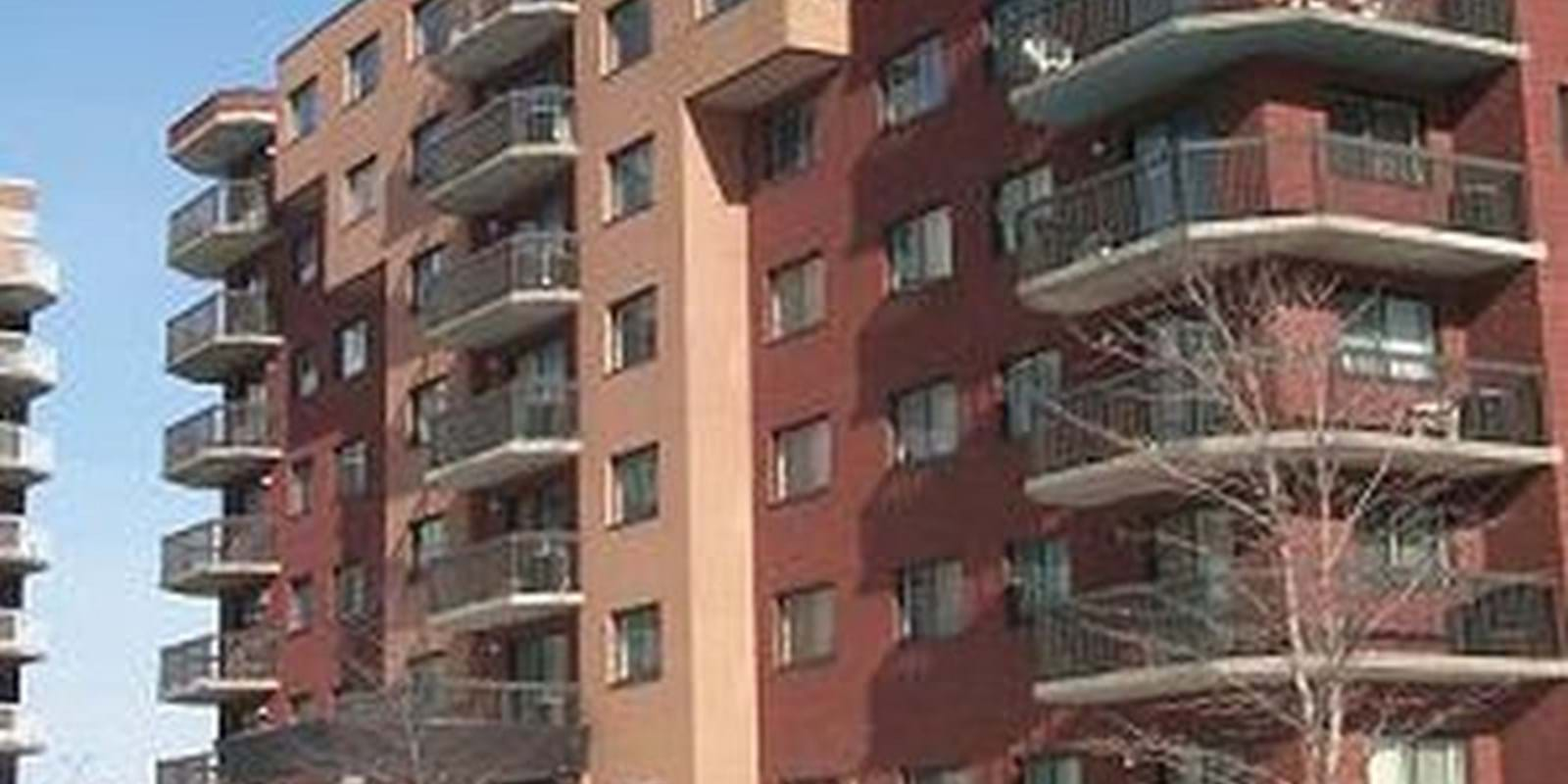According to the results of the Quebec retirement home market survey conducted in October 2005 by Canada Mortgage and Housing Corporation (CMHC), the situation was not the same across the province. "In fact, the overall vacancy rates increased in several census metropolitan areas (CMAs), but decreased in two areas. This diversity is reflected in the results by market segment, which also paint a variable picture with regard to the vacancy rates. While market conditions eased in the Montréal and Québec CMAs, they are tight in the Gatineau and Saguenay areas" said Kevin Hughes senior economist with CMHC.
In the Montreal region, the overall vacancy rate in retirement homes went up again in 2005 and has now reached 4.1 per cent, compared to 2.9 per cent in 2004. This second consecutive increase was mainly attributable to the construction of many retirement homes. The aging of the population is stirring up more interest among real estate developers in the retirement home market. In fact, since 2003, nearly 9,000 housing units for people aged 65 years or older have been built and, again this year, several large projects will get under way. This new supply has helped the market to ease after having attained a low point in 2003, with an overall vacancy rate of 1.7 per cent.
In the Quebec region continued easing brought the overall vacancy rate, for all retirement home types combined, to 4.2 per cent, compared to 3.5 per cent one year earlier. This second vacancy rate increase in as many years was due to the rise in the proportion of vacant units in apartment retirement homes. The vacancy rate for these residences effectively went up by one percentage point, from 2.1 per cent in 2004 to 3.1 per cent in the fall of 2005. In the room-and-board retirement home segment, the proportion of unoccupied units rose slightly, reaching 6.2 per cent in the fall of 2005, in relation to 5.9 per cent one year before.
In the Gatineau region, at the time of the 2005 survey, there were no vacancies in residences of this type. The room-and-board retirement home market eased slightly. From 0.8 per cent in 2004, the vacancy rate in this segment almost doubled to 1.5 per cent in 2005, even though the number of rooms and beds continued to decrease. In fact, the market lost 24 rooms last year on account of structural conversions in certain buildings.
In the Sherbrooke CMA, following an increase of two tenths of a percentage point, the overall retirement housing vacancy rate reached 3.1 percent. The proportions of vacant units attained 2.6 per cent for apartment retirement homes and 3.7 per cent in the case of room and-board residences. In absolute figures, this means that 76 units were unoccupied this past October. Between the 2004 and 2005 surveys, the retirement housing universe rose from 2,335 to 2,431 units.
In the Saguenay region, the status quo in the supply over this period brought the overall vacancy rate to 1.5 per cent at the time of the last survey. This was a decrease of more than one percentage point in relation to the October 2004 survey results. It should be recalled that 270 units were added to the universe in 2003, which temporarily drove up the overall vacancy rate to 7.7 per cent. The stable supply and a higher demand resulting from the increase in the senior population led to a decrease in the vacancy rate.
In the Trois-Rivières CMA, the retirement home market tightened again in 2005. After easing slightly in 2004, the vacancy rate fell to 3.7 per cent in the fall of 2005, compared to 4.5 per cent one year earlier. The tighter conditions observed in 2005 affected all market segments. The vacancy rate for apartment retirement homes went down by close to six tenths of a percentage point to 1.9 per cent, from 2.5 per cent in the fall of 2004. The vacancy rate in room and-board residences declined to 5.6 per cent in 2005, from 6.3 per cent one year earlier.
"Although the vacancy rates climbed in the larger markets, certain distinctions should be made. First of all, the rates went up marginally (less than one percentage point, except for Montreal). Also, even if the proportions of vacant units were on the rise, they were not very high in several areas and, finally, some markets even registered decreases in their vacancy rates. However, it must be said that the larger markets are progressively easing, while retirement home construction remains strong. Given these variable results, it is more important than ever for investors in this sector to know the local markets well and to target the products accurately," continued Mr. Hughes.
Canada Mortgage and Housing Corporation (CMHC) has been Canada's national housing agency for over 60 years. CMHC contributes to improving the living conditions and the well-being of Canadians through four areas of housing activities - housing finance, assisted housing, research and information transfer, and export promotion. CMHC is committed to helping Canadians access a wide choice of quality, affordable homes, and making vibrant and sustainable communities and cities a reality across the country. For more information, visit www.cmhc.ca or call 1 800 668-2642.
Join now
Not already member of the APQ ?
Take advantage of all our services by joining now

